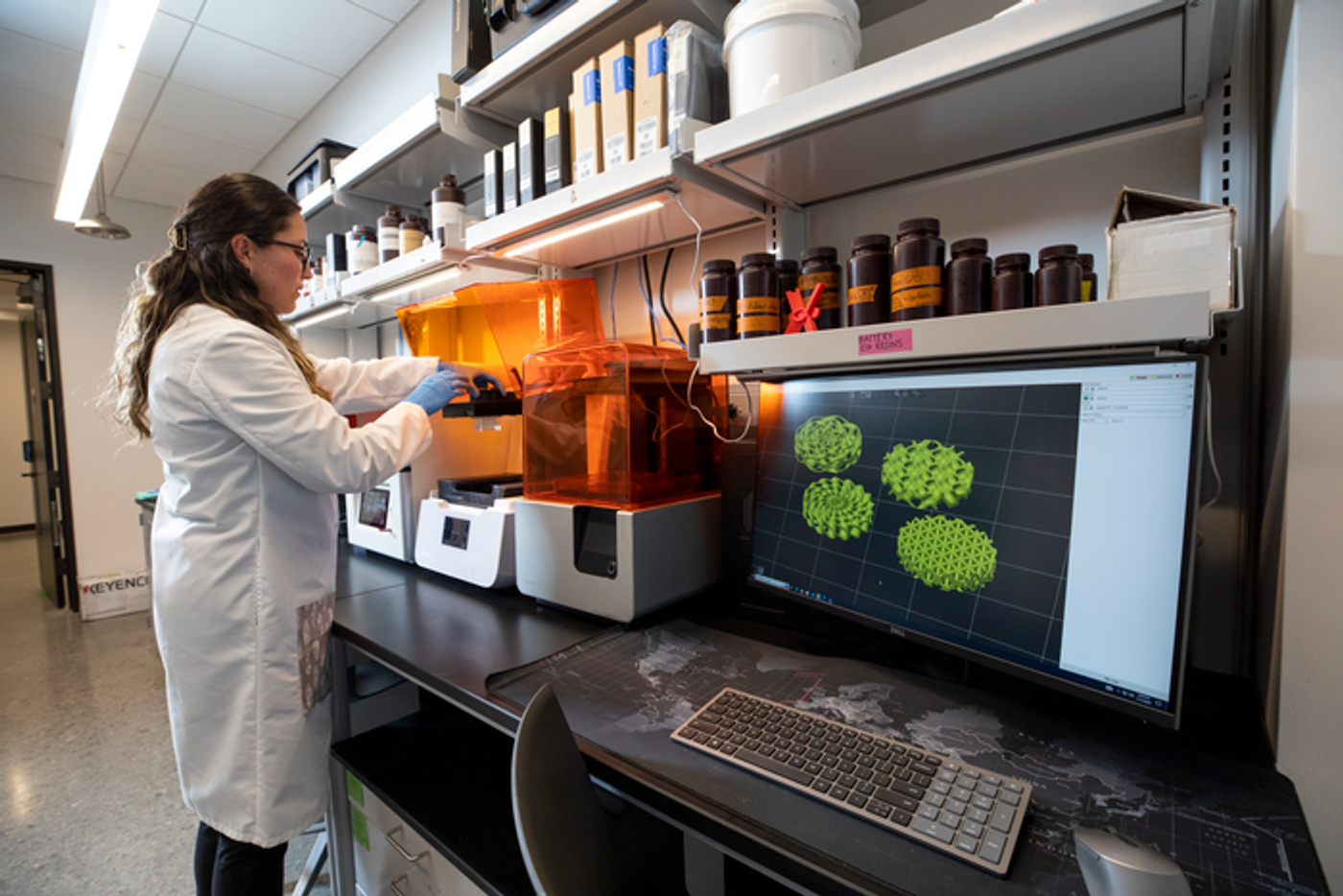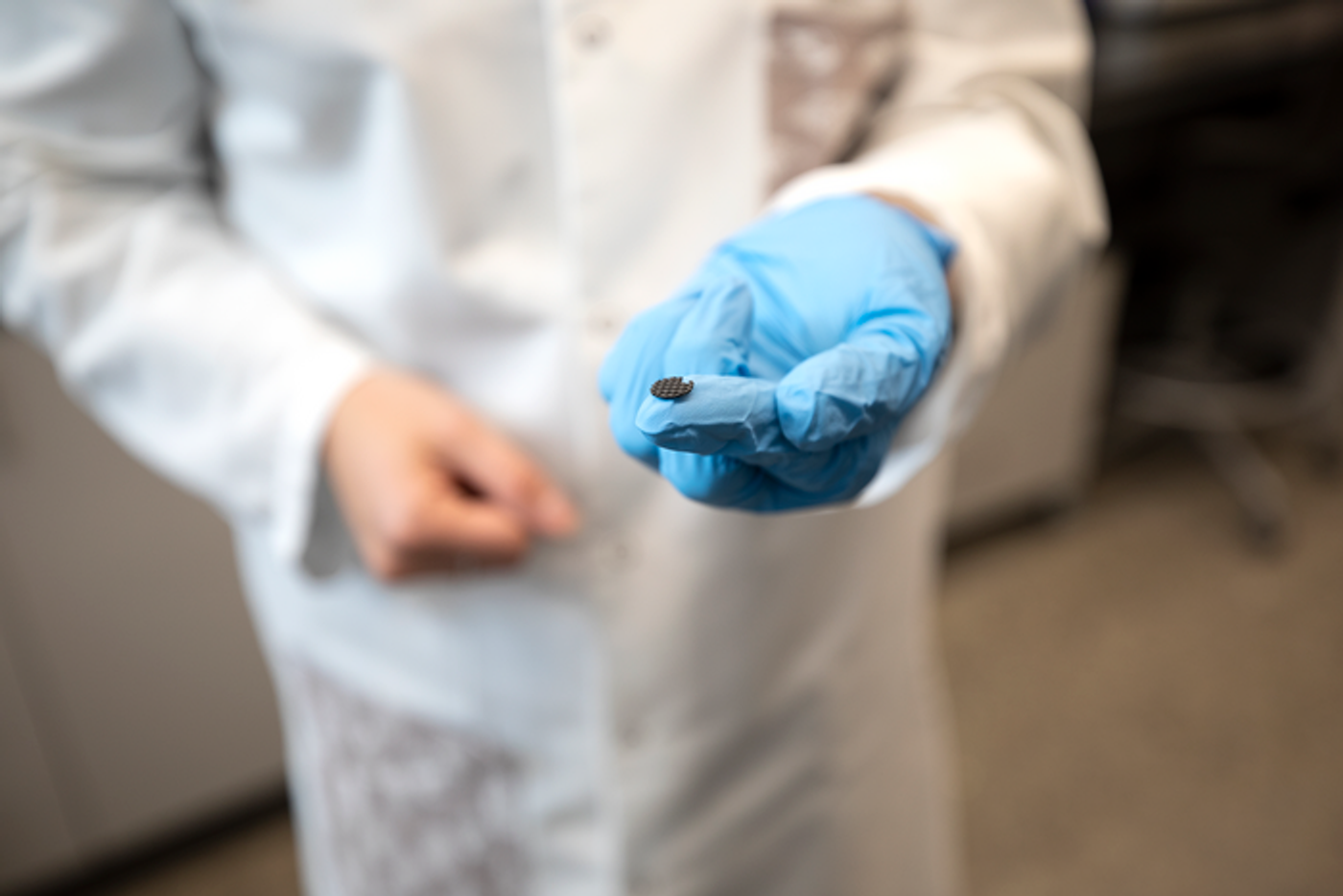Using Moon and Martian Regolith to 3D Print Batteries
A $615,000 research grant has been awarded to the University of Texas at El Paso to examine the potential of using 3D-printing technology to develop rechargeable batteries from Moon and Martian regolith, which is the top layer covering the surfaces of these worlds.
“UTEP is a national leader in additive manufacturing for space applications,” said Dr. Kenith Meissner, who is dean of the UTEP College of Engineering. “I congratulate the team of UTEP researchers involved in this important work. I am confident their work will add significant value to this project, getting us closer to a return to the moon and our first forays beyond.”
Credit: The University of Texas at El Paso
Credit: The University of Texas at El Paso
This grant is a piece of a $2.5 million grant from NASA to try and leverage off-world resources that future astronauts could use without the need for constant resupply from Earth. This will not only help develop the necessary infrastructure for such crewed missions, but also reduce both the cost and payload of sending supplies from Earth, as well.
“UTEP is a seminal partner in this NASA-led project with our long and deep heritage in additive manufacturing,” said Dr. Eric MacDonald, who is a professor of aerospace and mechanical engineering and associate dean in the UTEP College of Engineering. “UTEP’s reputation in 3D printing, material science and our state-of-the-art facilities were important factors in convincing our NASA partners to pursue this potentially transformative research – for space exploration but for terrestrial applications of batteries as well.”
For the study, researchers plan to utilize two 3D-printing techniques: material extrusion (ME) and vat photopolymerization (VPP) to develop what are known as shape-comfortable batteries, or batteries that can fill an object’s dimensions while also outperforming current commercial batteries. Most existing batteries are made of lithium-ion, but these batteries will not be able to be produced on the Moon and Mars simply due to the lack of lithium available on either world. In the beginning phases of the project, the researchers will examine how to extract the necessary materials from the regolith while continuing to develop the methods to construct the batteries.
“This project with NASA is an opportunity to demonstrate UTEP’s expertise in both energy storage and 3D printing,” said Dr. Alexis Maurel, who is a French Fulbright Scholar in the UTEP Department of Aerospace and Mechanical Engineering. “Additive manufacturing appears as a unique approach to manufacture shape-conformable batteries to support human operations in space and on the surface of the moon or Mars, where cargo resupply is not as readily available.”
Will future astronauts on the Moon and Mars be able to 3D-print their own batteries? Only time will tell, and this is why we science!
Sources: UTEP News Feed
As always, keep doing science & keep looking up!










